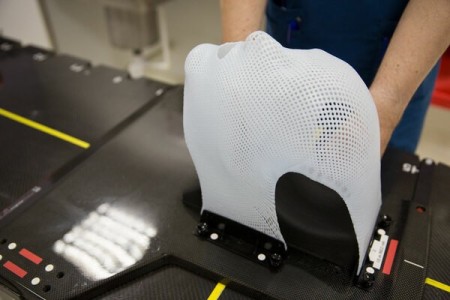Non-surgical treatments for head and neck cancer include:
- Chemotherapy
- Radiotherapy
- Immunotherapy (biological therapy)
Chemotherapy
Chemotherapy (“chemo”) is a treatment with drugs which destroy or control the growth of cancer cells. These maybe given as tablets or by injection or an infusion (sometimes termed as a drip) into the vein. There are many different types of chemotherapy drugs, which can be used in combination with each other. This is because different drugs destroy the cancer cells in different ways. Because chemotherapy can affect normal cells in the body as well, this sometimes causes unpleasant side effects. However, normal cells will usually re-grow and heal quickly, so the damage to the normal cell is only temporary.
Leeds Teaching Hospitals have produced a leaflet providing information for patients, families and carers wanting to know more about chemotherapy:
These chemotherapy drugs are used to treat head and neck cancer patients:
Patients who are being treated with a fluoropyrimidine chemotherapy drug, either 5-fluorouracil (5-FU) or Capecitabine will need DPYD gene testing. People can be DYPD deficient and in these cases, the dose of the drug will be adjusted.
Leeds Teaching Hospitals have produced two leaflets with important information for those wanting to know more about DYPD gene testing and DYPD deficiency:
Radiotherapy
Radiotherapy is a treatment where radiation is used to kill cancer cells. It may be used in the early stages of cancer or after it has started to spread. Treatment for radiotherapy takes place in Leeds.

It can be used to:
- try to cure the cancer completely (curative radiotherapy)
- make other treatments more effective – for example, it can be combined with chemotherapy or used before surgery (neo-adjuvant radiotherapy)
- reduce the risk of the cancer coming back after surgery (adjuvant radiotherapy)
- relieve symptoms if a cure is not possible (palliative radiotherapy)
Radiotherapy to the head and neck is a leaflet providing more information for patients, families and carers about the treatment. A short course in radiotherapy is a leaflet that describes radiotherapy planning and treatment. It also explains the side effects which you may experience during and after treatment.
When having treatment to the head, neck or upper chest a radiotherapy mask is needed. A mask helps to keep the position of the chin, head or shoulders can affect the accuracy of your treatment. Having a radiotherapy mask made is a leaflet describing how a mask is made.
Immunotherapy
Immunotherapy uses our immune system to fight cancer. It works by helping the immune system recognise and attack cancer cells.
Leeds Teaching Hospitals have produced a leaflet for those wanting more information about Immunotherapy treatment:
Immunotherapy can be used on its own or with other cancer treatments. Immunotherapy is a standard treatment for some types of cancer. And it is in trials for other types of cancer.
There are different types of immunotherapy. These include monoclonal antibodies, checkpoint inhibitors, and vaccines. Some types of immunotherapy are also called targeted treatments or biological therapies.
There are a number of Immunotherapy drugs that can be used in the treatment of head and neck cancer:

